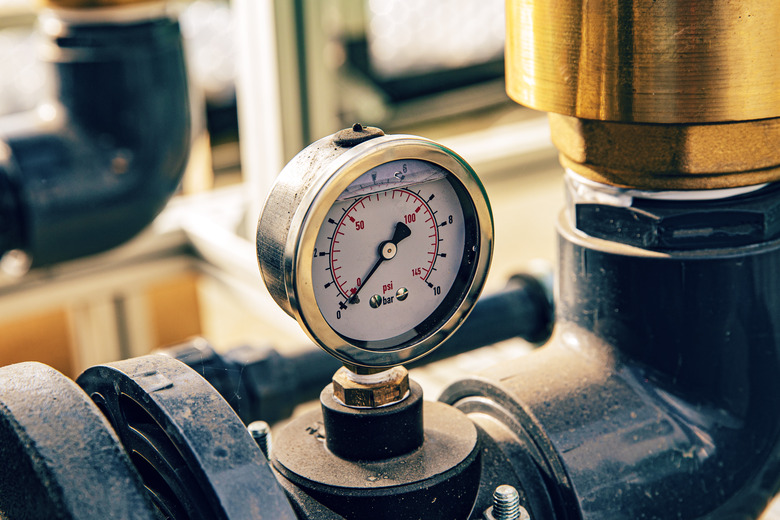How Does A DP Cell Work?
Measuring the pressure exerted by a column, or head, of liquid in a vessel is one of the oldest and most common methods of measuring liquid level. The advent of "smart" dp or dP cells, or transmitters, means renewed interest in this tried-and-tested technique of measuring differential pressure.
Diaphragm
Diaphragm
A typical dp cell works by applying differential pressure to either side of a metal diaphragm immersed in non-conducting oil. The movement of the diaphragm changes the electrical capacitance–the ratio of charge to potential difference–of the cell and, in turn, the electric output signal.
Closed Vessel
Closed Vessel
If the pressure in a closed vessel changes, the change applies equally to both sides of a dp cell. A dp cell responds only to changes in differential pressure–the difference in pressure between two points–so it remains unaffected by a change in static pressure. It therefore responds only to change in the liquid level.
Open Vessel
Open Vessel
In an open vessel–one that is not under pressure or a vacuum–the vessel is connected to a dp cell on the high-pressure side via a pipe. The low-pressure side is left open to the atmosphere.
References
Cite This Article
MLA
Dunning, David. "How Does A DP Cell Work?" sciencing.com, https://www.sciencing.com/dp-cell-work-7716707/. 2 January 2011.
APA
Dunning, David. (2011, January 2). How Does A DP Cell Work?. sciencing.com. Retrieved from https://www.sciencing.com/dp-cell-work-7716707/
Chicago
Dunning, David. How Does A DP Cell Work? last modified March 24, 2022. https://www.sciencing.com/dp-cell-work-7716707/
